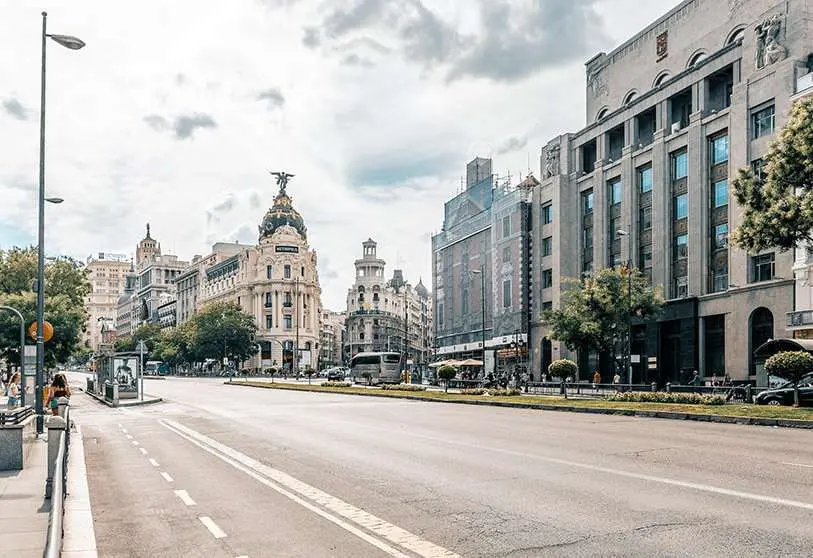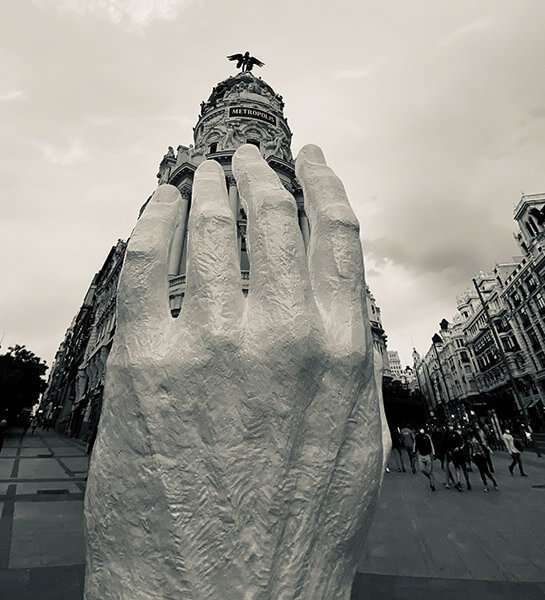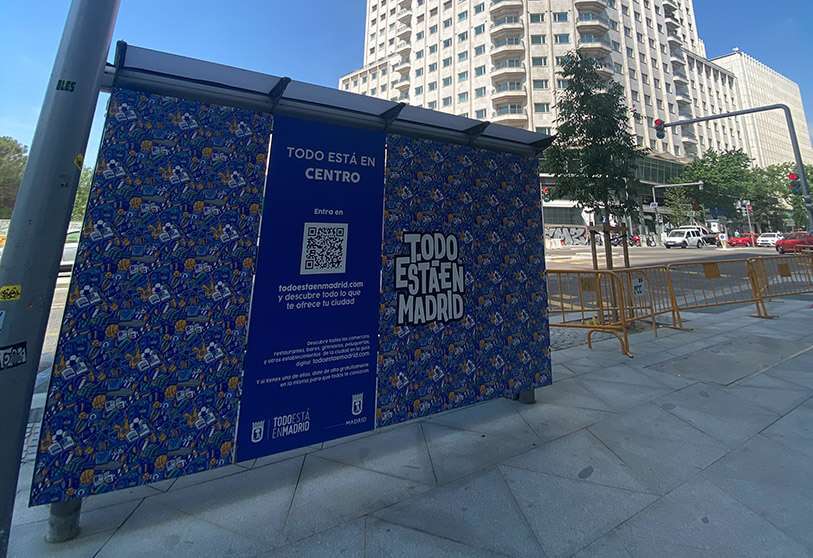Madrid looks in the international mirror

Having temporarily lost international tourists to the pandemic, and gained a new image through the electoral hurricane Ayuso, Madrid is anxiously searching for its place in the world concert of cities. It wants visitors, but also new residents. It seeks value in its development and in its universities. The competition is fierce, and it knows it needs to climb into the world's top 10 and join London, Paris and Rome as the undisputed centres of international development.
Its advantages - from more sunshine to better food - are clear. But the most important thing now is to highlight its number one position in life expectancy (a key aspect after COVID) and its new development to the north to attract high-value businesses. Big cities don't live by tourism alone. The important thing now is to boost the quality of life, the quality of its services, the qualifications of its resident professionals and its privileged position as a bridge between continents.

"Madrid is a noisy, bizarre city..., and if you get the hang of it, fascinating," writes Andrés Trapiello at the beginning of his magnificent best-selling book dedicated to the city and those who have chosen it as their destination. Fascinating could be the adjective that Begoña Villacís eagerly sought to define the totum of Madrid in the presentation of the current X-ray of "Madrid in figures". The City Council has preferred to spare the adjectives and present an illustrated and illustrative book with statistics of all kinds that consolidate the Spanish metropolis as an active and growing living space that wants to regain its pulse immediately after the pandemic. Thanks to a realistic policy, the Spanish capital and the surrounding region have suffered less than other cities the ravages of the social and economic standstill caused by the closures in the face of the virus. The race to get back to its level is going very fast.
Madrid knows that it is not enough just to be, it has to sell. To sell itself in the international arena with a clear, real and attractive offer. The public-private organisations want to find a common line of action and avoid mixed messages. Gerardo Seeliger of Madrid Open City pointed this out. Avoiding noise with various and changing definitions is a challenge for the Madrid brand and the agencies that watch over it.

3,220 hours of sunshine a year. 18 universities. 544 libraries. 284 kilometres of metro. 6.5 million hectares of green spaces. 2,261 sports facilities.
Madrid is sunny, and also very green. 851,703 trees. Many more than Paris or Manhattan. 6.240 hectares of green areas. 205 parks and gardens.
181 nationalities can be found among the residents of a multicultural and polyglot Madrid, which aspires to continue to be the capital of the Spanish-speaking world, a bridge to Africa, and more. Because it wants to dazzle in Europe and be a new beacon for Asians. The Chinese community confirms that it feels better in Madrid than in any other European capital. Tolerance and diversity.

It receives 61.92% of the foreign investment that comes to Spain. It accounts for 20% of Spanish exports. It is home to 16% of the country's companies. 19 of the 35 IBEX companies. The rate of the working population with higher education is 77.99%. This is crucial because the attraction of new companies is based not only on taxation but also on the availability of high-value human capital. The arrival or expansion of new universities such as IE or ESADE portends a growing availability of talent for big investors in new companies of the future. This is Madrid's great challenge, not just that of tourism, which was increasingly conquered with new hotels, restaurants and services and which it hopes to consolidate again after the pandemic. FITUR is back. IFEMA is once again looking realistically to the future. The big fashion, culture and sporting events are returning to the runways. But Madrid wants more. And that is why it is now making this numerical approach that aims to certify its clear positioning as an active, pleasant, technological, talented and eager city.
Madrid is confident in its future, but it needs to sell it in a clear and attractive way, and numbers are key to ensure the reliability of the territory to potential investors. It is necessary to find the right message and the right communication channels to climb positions in rankings that are still lacking. Such as the 25th position in security or the 45th position in growth potential given by some international analysts, which those responsible in Madrid do not believe to be in line with reality. It will be these well-packaged numbers that will undo some perceptions and place the attraction for investors and visitors in the place where it really corresponds to a sunny, green, tolerant and open, cultured and cheerful, cultivated and active city. This is how Madrid, which wants to see itself in the international mirror as the Spanish-speaking capital of the world, and much more, feels. Its numbers are on the table, now it must ensure that they are seen where it is necessary to present this business card: large companies, investors, analysts, agencies and the like. A challenge to make the leap to the big metropolis.
MADRID IN FIGURES.
A PUBLICATION OF THE MADRID CITY COUNCIL.
GOVERNMENT DEPARTMENT OF ECONOMY, INNOVATION AND EMPLOYMENT.
OFFICE OF PARTNERSHIP AND BRAND MADRID.










